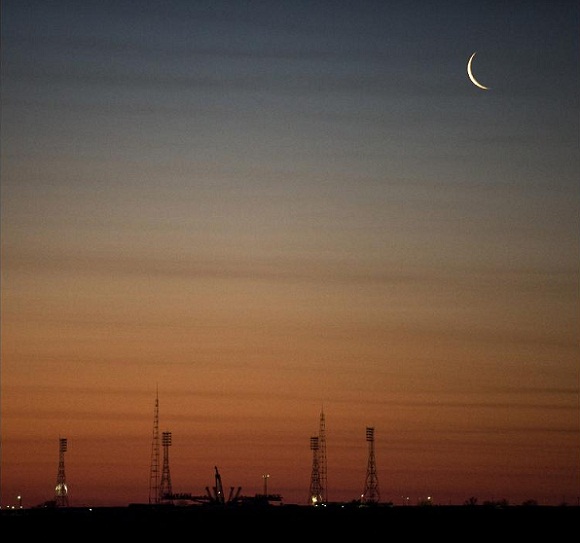Explorers of the Galaxy (Part 1)
We live in a galaxy – a star city with several hundred billion residents. Moreover, we know our Milky Way is a spiral galaxy, with prominent arms of bright young stars that spiral outwards from a central bar that is dominated by old stars. These arms are so prominent as Read more






